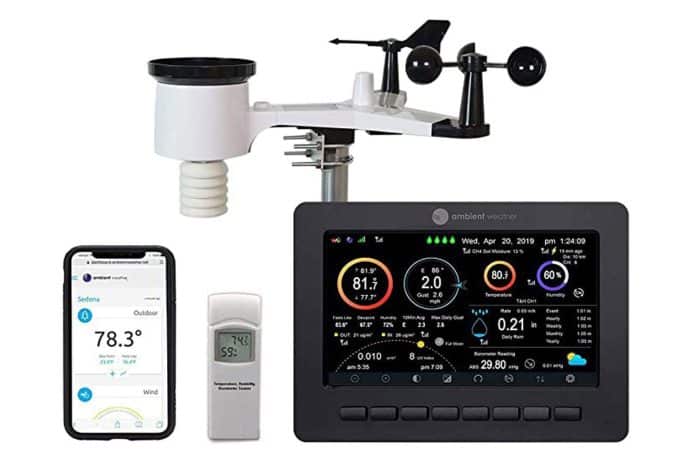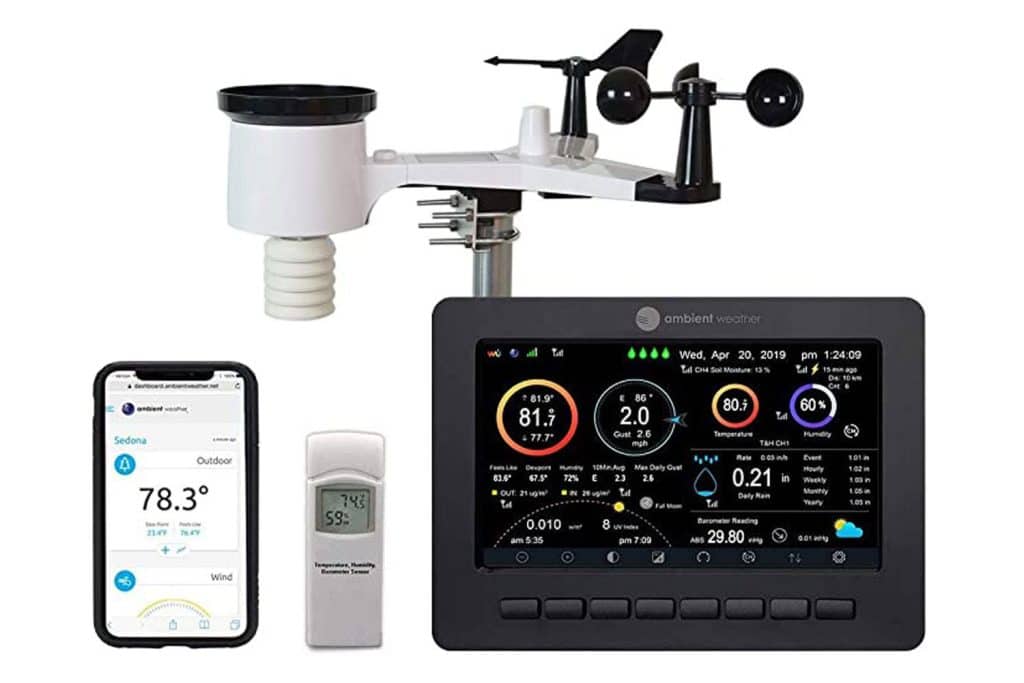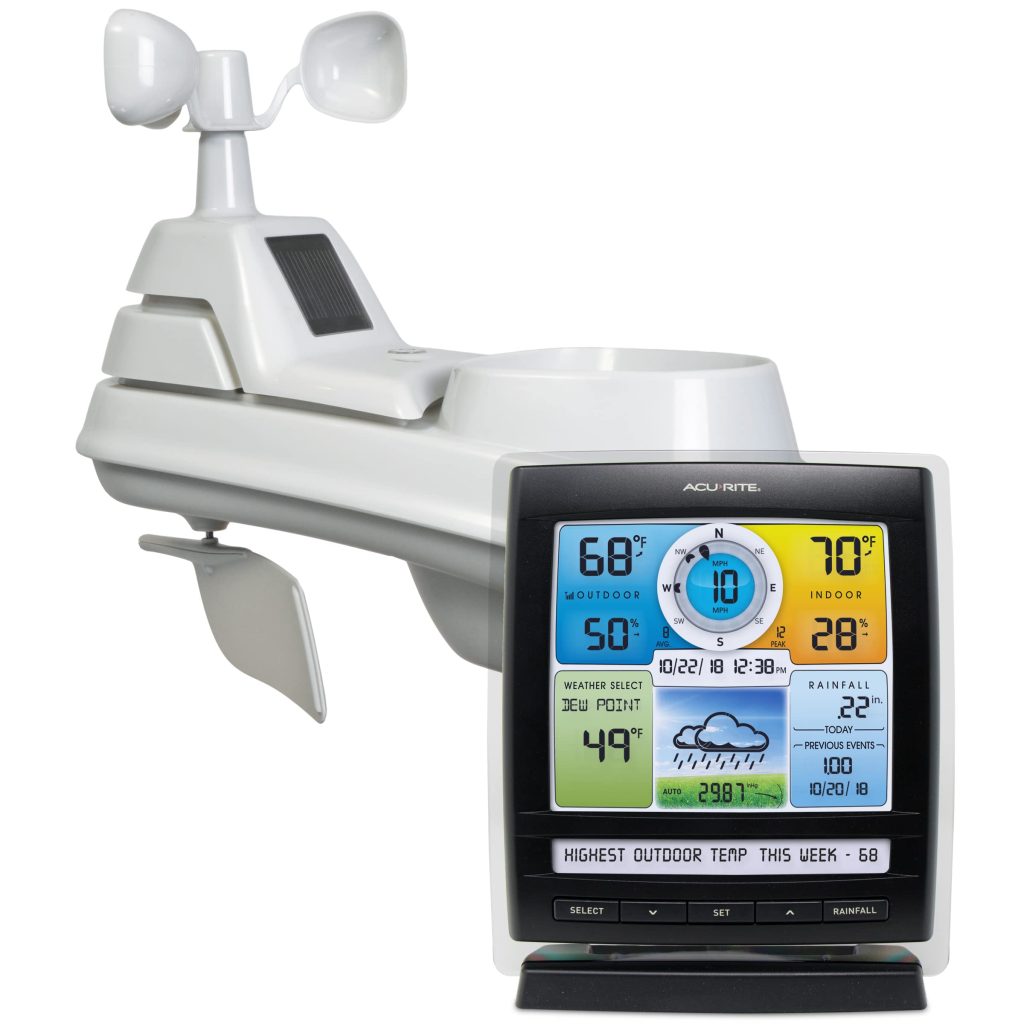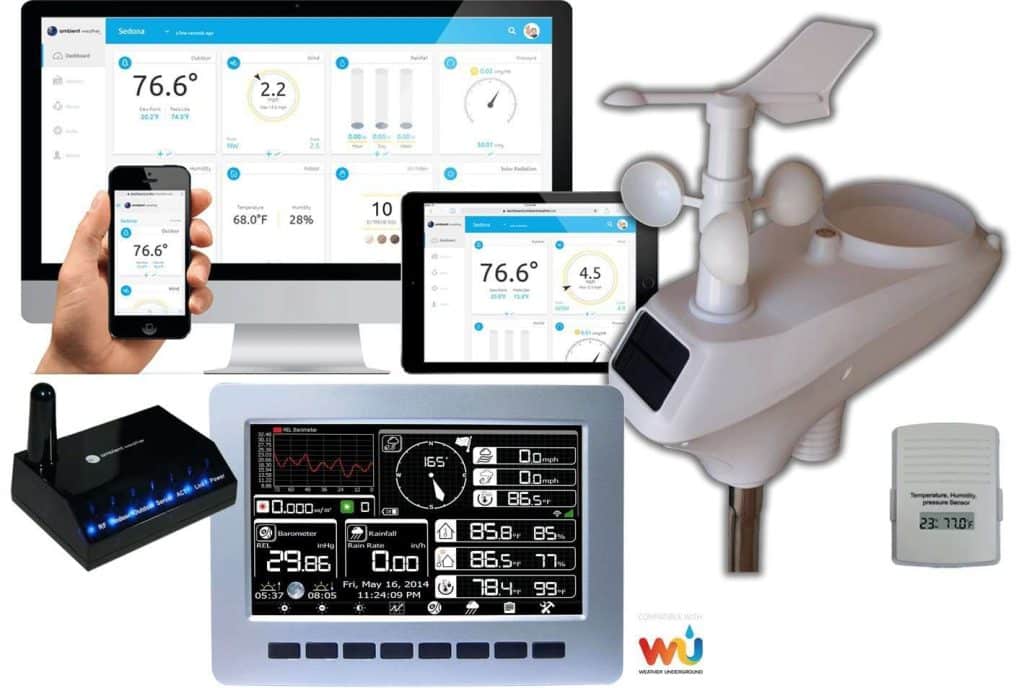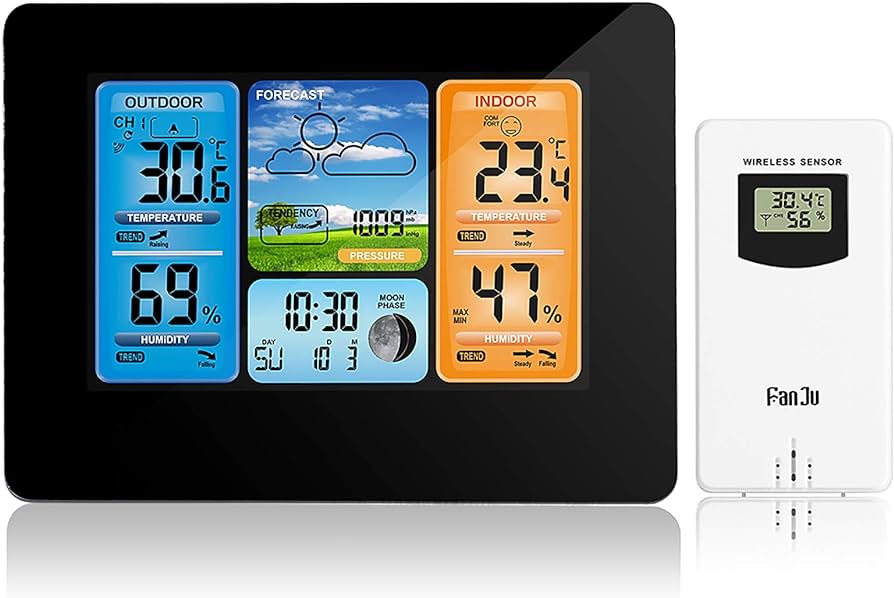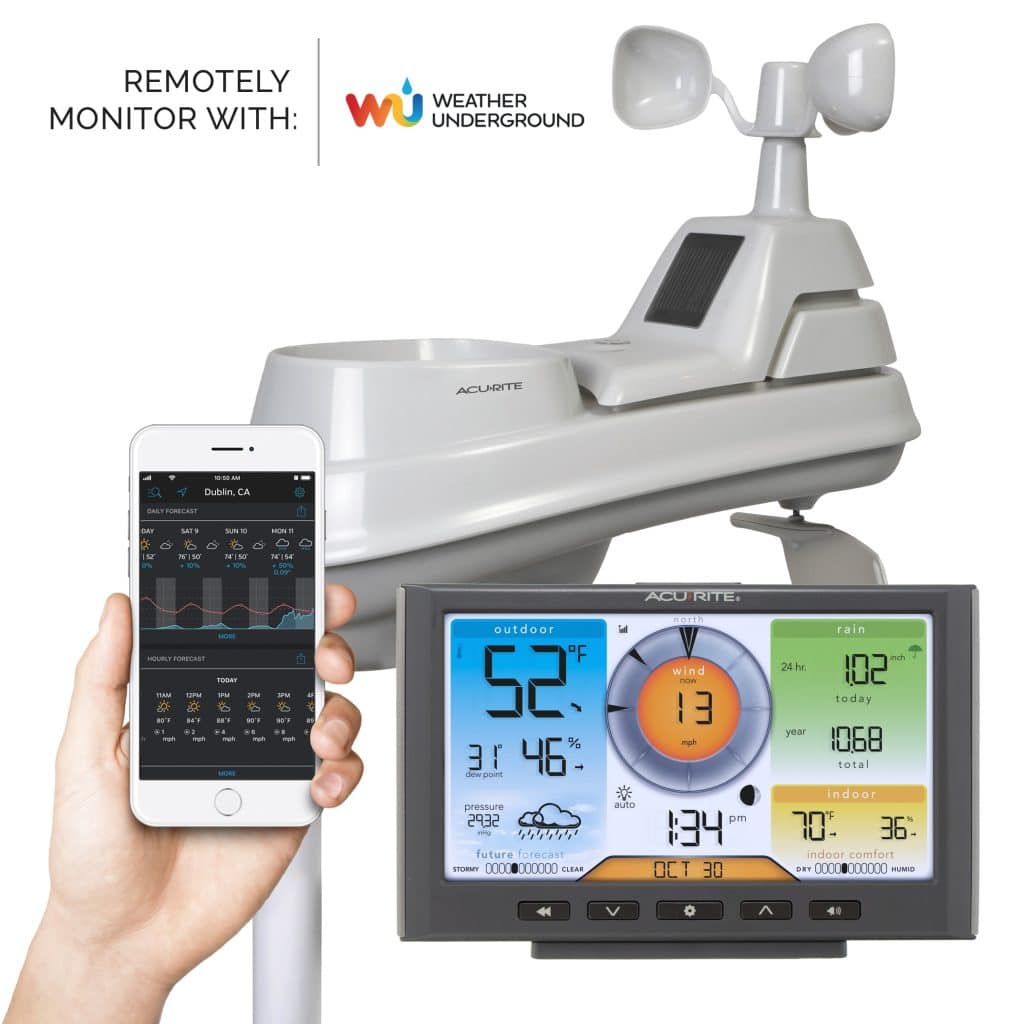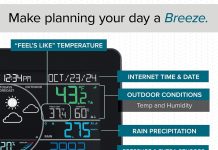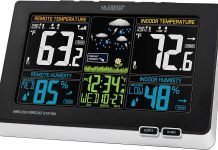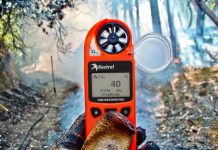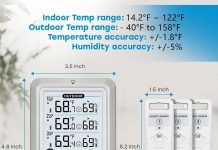Curious about weather conditions beyond what your phone’s forecast can tell you? Look no further than a home weather station. These nifty devices allow you to gather detailed and accurate information about the weather right in your own backyard. From temperature and humidity to wind speed and rainfall, a home weather station provides the tools to become your own meteorologist. Discover how these stations work and how they can enhance your understanding of the ever-changing world outside your window.
Review contents
What is a home weather station?
This image is property of www.thespruce.com.
Definition of a home weather station
A home weather station is a device or set of devices that allows individuals to measure and monitor various weather conditions in and around their home. It is designed to provide accurate and real-time information about the weather, including temperature, humidity, wind speed, rainfall, and atmospheric pressure. With a home weather station, homeowners can have access to valuable meteorological data right at their fingertips.
How does a home weather station work?
A home weather station typically consists of multiple sensors that are strategically placed in different areas of the property, both indoors and outdoors. These sensors are connected to a central console or a display unit that collects, processes, and displays the weather data. The sensors measure various weather parameters using specific technologies. For example, a thermometer measures the temperature, a hygrometer measures humidity, an anemometer measures wind speed, and a rain gauge measures rainfall. The console or display unit then shows the readings in an easy-to-understand format for the user.
Benefits of having a home weather station
Having a home weather station can bring numerous benefits to homeowners. Firstly, it allows individuals to have a real-time understanding of the weather conditions in their immediate surroundings. This information can be particularly valuable for planning outdoor activities, such as picnics or gardening, as well as for making decisions about whether to adjust the thermostat or open windows for better ventilation. Additionally, a home weather station enables users to track weather patterns over time, identifying trends and making more informed weather-related predictions. It can also serve as a valuable educational tool, especially for children or those interested in learning more about meteorology. Lastly, a home weather station can contribute to a sense of personal empowerment, as individuals can take control of monitoring their own microclimate and rely less on general weather forecasts.
Types of home weather stations
There are various types of home weather stations available on the market, ranging from basic models to more advanced systems. One common type is an all-in-one home weather station, which includes all the necessary sensors in a single unit. These are often the easiest to set up and use, making them a popular choice for beginners. Another type is a modular home weather station, where the sensors are separate from the console. This allows for more flexibility in sensor placement and customization options. Some other types of home weather stations include semi-professional models, which offer more advanced features and accuracy, and portable weather stations, which are designed for individuals who frequently move locations.
This image is property of Amazon.com.
Factors to consider when choosing a home weather station
When selecting a home weather station, it is important to consider several factors. The first consideration is the intended use of the weather station. Are you simply looking for basic weather information, or do you require more precise and detailed measurements? The desired level of accuracy, as well as the number and type of sensors needed, will determine the suitable model. Another factor to consider is the ease of installation and use. Some weather stations require professional installation or complex wiring, while others are designed for easy DIY setup. Additionally, it is crucial to consider the durability and weather resistance of the weather station, especially if it will be installed outdoors. Furthermore, consider the available connectivity options. Some models offer wireless connectivity for real-time data transmission to smartphones or other devices, enhancing convenience and accessibility.
Setting up a home weather station
Setting up a home weather station can be a straightforward process, especially with the advancements in technology and user-friendly designs. First, determine the ideal location for each sensor. The temperature and humidity sensors should be placed in a shaded area away from direct sunlight and other heat sources. The rain gauge should be positioned in an open area without obstructions to ensure accurate rainfall measurements. The anemometer, which measures wind speed and direction, should be mounted at an elevated position to avoid any potential obstructions. After securing the sensors, connect them to the central console or display unit following the manufacturer’s instructions. Once everything is installed, power on the system and wait for it to start collecting data. Some weather stations also require calibration, so it is essential to follow the calibration procedures provided in the user manual.
This image is property of www.lifewire.com.
Maintenance and care for a home weather station
To ensure accurate and reliable performance, regular maintenance and care for a home weather station are necessary. It is important to keep the sensors clean and free from debris that may affect the accuracy of readings. Cleaning can be as simple as using a soft brush or cloth to remove dirt or dust. Periodically check the battery levels in the sensors and replace them as needed to maintain uninterrupted operation. In addition, inspect the mounting and connections of the sensors to ensure they are secure and properly aligned. It is also recommended to perform regular firmware updates if the weather station has connectivity features. By following these maintenance practices, homeowners can enjoy continuous and precise weather monitoring from their home weather station.
Wireless vs. wired home weather stations
Home weather stations are available in both wireless and wired configurations, each with its own advantages and considerations. Wireless weather stations offer greater flexibility in sensor placement, as they do not require physical connections between the sensors and the display unit. This allows users to place the sensors in optimal locations without worrying about the limitations of wired connections. Wireless weather stations also eliminate the need for routing cables through walls or around the house, simplifying the installation process. On the other hand, wired weather stations are often more reliable, as they do not rely on wireless signals that may be affected by interference. They also do not require the replacement of batteries in the sensors since they are directly powered by the console. Ultimately, the choice between wireless and wired depends on individual preferences, the specific layout of the house, and the desired level of convenience and reliability.
This image is property of Amazon.com.
Integration with smartphones and other devices
Many modern home weather stations offer integration with smartphones and other devices, which adds convenience and expands the accessibility of weather data. Through dedicated mobile apps or compatibility with popular weather apps, users can access real-time weather information directly on their smartphones or tablets. This allows for easy monitoring of weather conditions while on the go, providing individuals with greater flexibility and convenience. Some weather station apps also provide additional features such as historical data analysis, weather alerts, and personalized weather forecasts. Integration with other smart home devices, such as voice assistants or smart displays, may also be available, allowing homeowners to access weather information using voice commands or through a centralized control panel.
Popular home weather station brands
There are several reputable brands that manufacture and offer home weather stations, each with their own unique features and advantages. Some of the popular brands in the market include AcuRite, Davis Instruments, Ambient Weather, La Crosse Technology, and Oregon Scientific. These brands are known for their reliability, accuracy, and user-friendly interfaces. It is advisable to research and compare different models and brands to find the one that best suits individual needs and preferences. Reading customer reviews and seeking recommendations can also provide valuable insights into the performance and quality of specific home weather station models.
In conclusion, a home weather station is a valuable device for individuals who want to have accurate and real-time weather information at their fingertips. With various types and models available, homeowners can choose a home weather station that fits their specific requirements. Whether it is for personal convenience, educational purposes, or tracking weather patterns, a home weather station can enhance one’s understanding and control of their microclimate. By considering factors such as accuracy, ease of use, and connectivity options, homeowners can select the ideal home weather station for their needs. Regular maintenance and care ensure the reliable performance of the weather station, and integration with smartphones and other devices increases accessibility and convenience. With reputable brands offering a wide range of options, homeowners can find a home weather station that provides accurate and reliable weather data for years to come.
This image is property of mobileimages.lowes.com.

